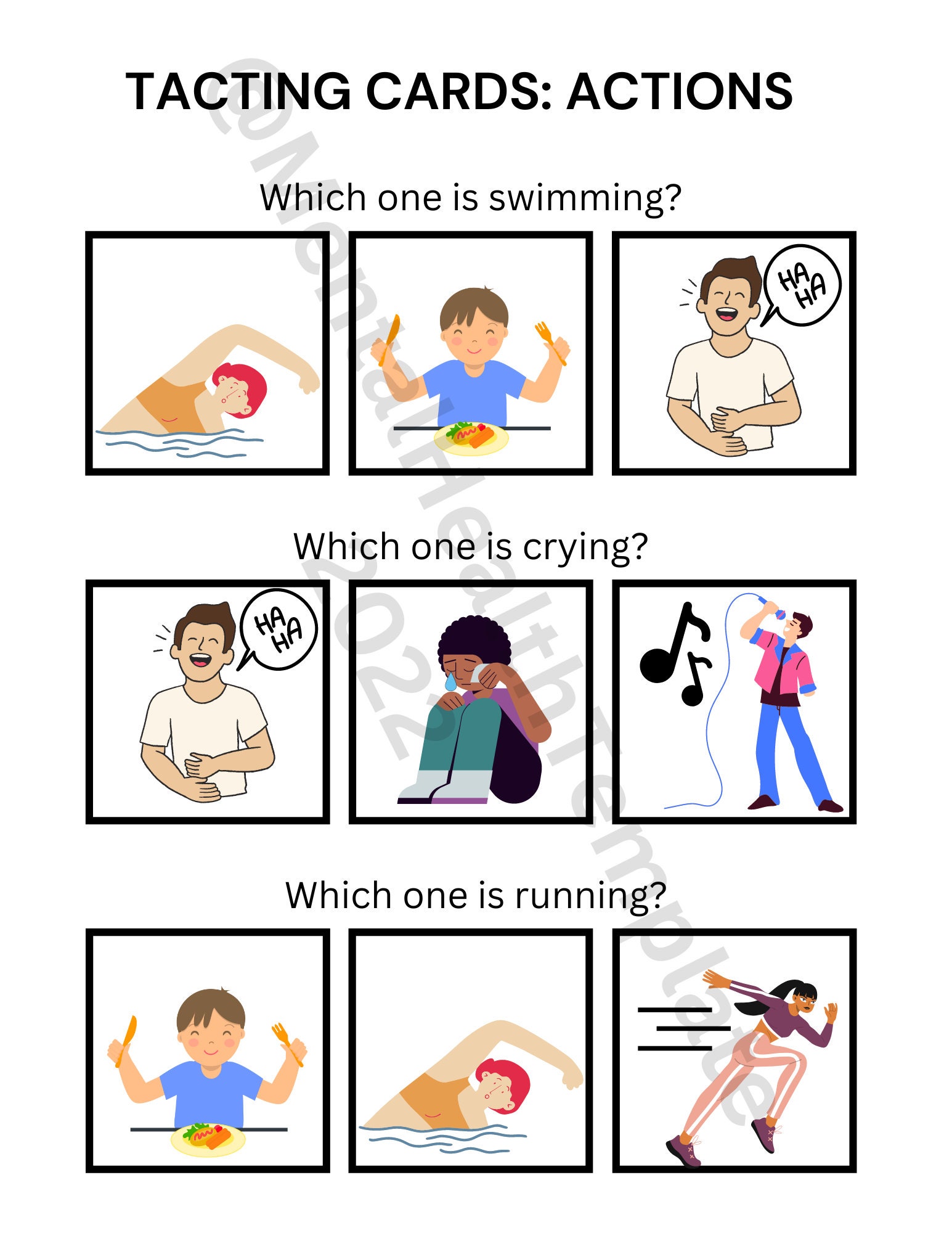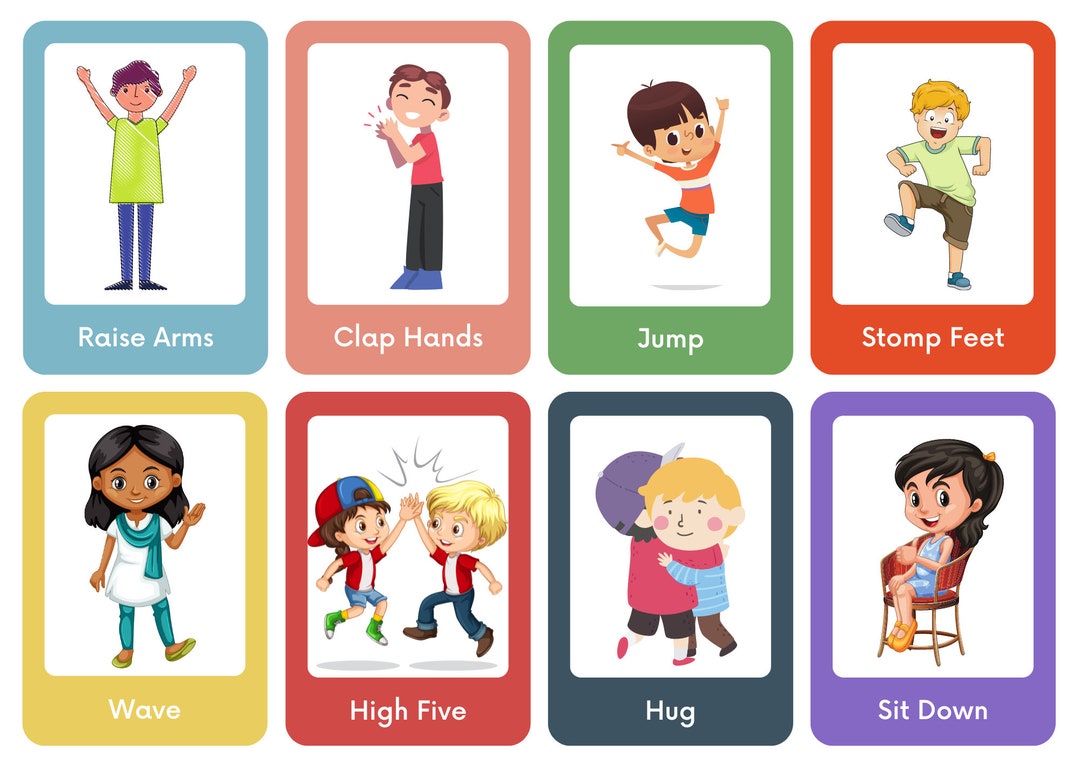Tact Training: Resources & Strategies For Effective Learning!
What if we could unlock a world of understanding for children struggling to communicate, one picture at a time? The power of "tact training" offers a pathway to not just naming objects, but to truly comprehending and expressing the world around us.
The journey of tact training often begins with the simplest of exercises. Educators might begin by showcasing pictures of everyday objects a ball, a car, a dog and prompting the child to name them. As the child's skills blossom, the complexity gradually increases. Concepts become more abstract, actions become nuanced, and the child blossoms into a master of tacting. This is a process of teaching a child to use words to label things or events. Let's delve into how this fascinating process unfolds and why it is so vital to verbal development.
Now, before we go further, lets clarify what we mean by tact training. This term, in the realm of Applied Behavior Analysis (ABA), refers to the skill of labeling or tacting objects, actions, and events in the environment. Its the ability to verbally respond to something you see, hear, smell, taste, or feel. If your child is in the process of learning to speak, tacting is an essential skill to master.
Consider this everyday scenario: You're at the park with your child. Suddenly, your child notices a bird perched gracefully on a branch. The child may exclaim, Bird! That spontaneous utterance, triggered by the environmental stimulus, is a classic example of a tact. This seemingly simple act is a fundamental building block for more complex communication.
To illustrate the depth of tact training, we can compare it to other forms of language instruction. In many cases, the approach to teaching language involves memorization or imitation. Tact training, on the other hand, relies on creating an environment of understanding. It prioritizes association and real-world experience. This method has yielded positive results for countless children by incorporating the use of visual aids, picture cards, and real-life scenarios.
The concept of tact training, though rooted in the scientific principles of ABA, is also very intuitive. Parents and educators intuitively understand the value of connecting words to concrete things, of building vocabulary and strengthening the ability to express. From the very beginning, the child is learning that words have meaning.
- Simple Robbery Definition Examples And Legal Nuances Explained
- Cary Grant Sunglasses In North By Northwest Get The Iconic Look
One key aspect of effective tacting is the use of multiple exemplars. Providing several examples for each item ensures that a child doesn't merely memorize a response to a specific visual stimulus but genuinely understands the item being taught. For example, instead of just showing a single picture of a car, you might show a variety of cars a red car, a blue car, a sports car, a truck. This expands the child's understanding of what a car is. It also promotes generalization, which is the ability to apply what they've learned in new situations.
To help with tact training, different resources are often employed. One of the most effective strategies involves the use of visual aids, such as picture cards. These cards might contain a variety of images, from common objects like clothing and kitchen utensils to action words depicting people doing things. Some creators even design resources with multiple versions of the same image: a photograph, a drawing, a clipart style. This way, they can meet the needs of different learners. These cards allow for practice labeling. They are particularly useful when teaching action words, such as jumping, playing, drinking, or reading.
The materials used for tact training vary depending on the objective. Some programs focus on a specific number of items. For instance, a program might aim to teach a child to tact 50 items, providing three examples for each. These items are typically broken down into categories, such as clothing, kitchen items, or actions. In total, this would involve the presentation of 150 pictures.
When teaching action words, real pictures are used, and they are often paired with videos showing the actions being performed. These visuals provide learners with the chance to associate the word with the action itself. This approach promotes active learning and makes the process more engaging.
In addition, some training programs may use data sheets and action verb picture cards to promote the listener-responding skills, helping children not only label but also understand instructions. Some programs are designed to teach children to recognize pictures, associate them with actions and then describe the actions using action verbs.
Its essential to differentiate between tacts and another crucial type of verbal behavior called a "mand." Mands are requests. They are used when a child wants something and asks for it. Tacts, on the other hand, are labels triggered by environmental stimuli. When you see a red ball and say "red ball," you're tacting. The tact is triggered by the sight of the ball, not a desire for it.
A common misconception is that a child must first learn to tact an object before they can name its parts. Effective tacting often works the other way around. The child might first be introduced to the parts of the item and then learn the name of the item. The use of individual parts of the item helps in the ability to generalize and name items.
There are three key principles that are essential to effective tacting:
- Presence of a stimulus: Tacting should always be triggered by something in the environment.
- The verbal antecedent: When a child is prompted, they are asked to name the object, action, or event. The prompt is given before the child responds.
- The response: This is the child's verbal label or description of the stimulus.
This is all part of a wider strategy to boost communication skills. One of the main goals is to improve their ability to label, or tact. Whether it is a picture of a bird or a person running, the end result is better communication.
As the child progresses, educators and parents may focus on teaching tacts for more complicated concepts. This will include describing things like feelings, locations, or characteristics. They'll move from individual objects to more complex sentence structures. They will learn to describe the world in greater detail. The more they tact, the easier it becomes to communicate in a wide range of situations.
So, how can you put this into action? One of the simplest techniques involves showing a child a picture and asking, What is it? This simple question can launch a whole lesson. By starting with everyday objects and actions, you can build a sturdy foundation for the childs future communications. Some of the common actions are: "running, jumping, clapping hands" among many others.
Let's say your child sees someone playing the piano. You can ask: "What is he doing?" "What are you doing?" The same method can be used for objects, such as toys, or items of clothing. The most important thing is to be consistent. The more they practice, the more readily they will be able to put their learning into practice. It will benefit them throughout their lives.
There are two primary methods for teaching actions:
- Ongoing Actions: The children are shown someone doing an action. The prompt is given before the action is performed.
- Picture Cards: The children are shown a picture and given a prompt to name the action.
By incorporating these strategies and creating a supportive learning environment, parents, educators, and therapists can guide children towards mastering this essential communication skill. This process is crucial for language development and ultimately, for greater independence and fulfillment in life.



Detail Author:
- Name : Annetta Bernhard
- Username : frederick44
- Email : jordan66@gmail.com
- Birthdate : 2005-07-25
- Address : 160 Balistreri Crossing Suite 989 Kayleyberg, FL 85890-1025
- Phone : +1 (818) 426-9479
- Company : Zieme, Fadel and Volkman
- Job : Pipe Fitter
- Bio : Aut blanditiis et voluptatem asperiores. Nam quis cumque dignissimos sequi dolor. Nostrum voluptatem quos dolor fugit doloribus. Ex debitis officia impedit numquam.
Socials
instagram:
- url : https://instagram.com/cordiaspencer
- username : cordiaspencer
- bio : Aut nulla unde deserunt voluptas. Corrupti autem impedit sint sit nisi minima quam illo.
- followers : 5175
- following : 2935
linkedin:
- url : https://linkedin.com/in/cspencer
- username : cspencer
- bio : Facere maxime provident et quisquam quam sunt.
- followers : 855
- following : 2941